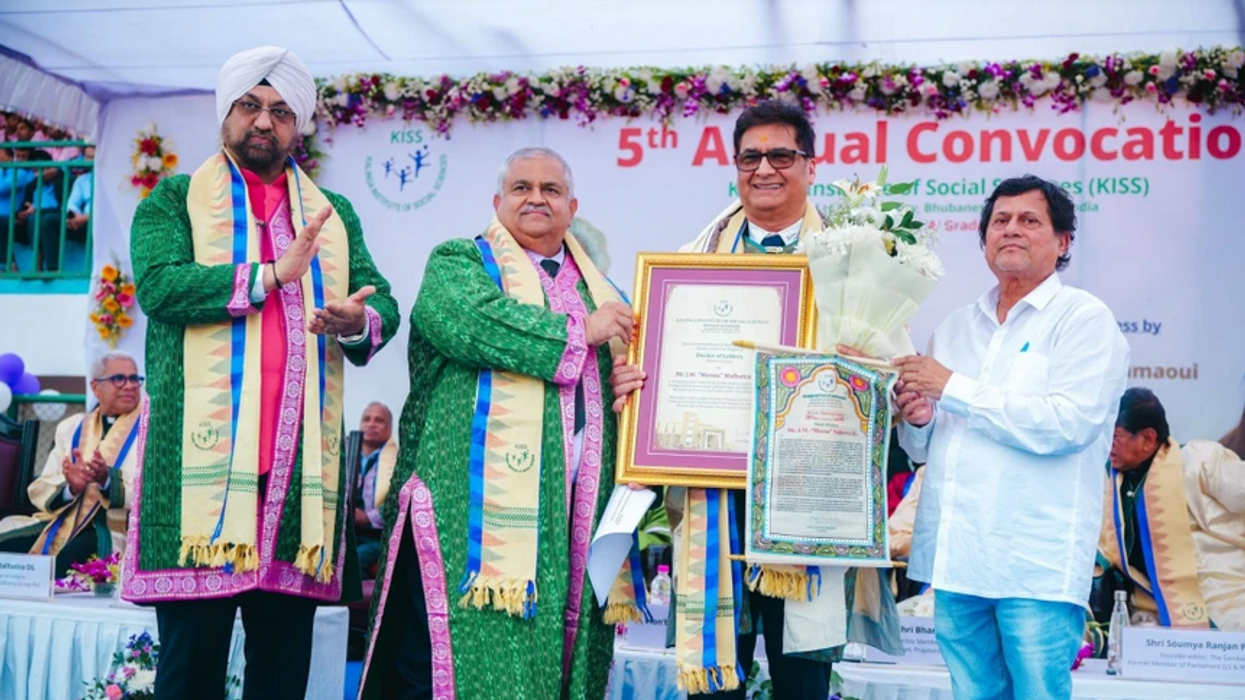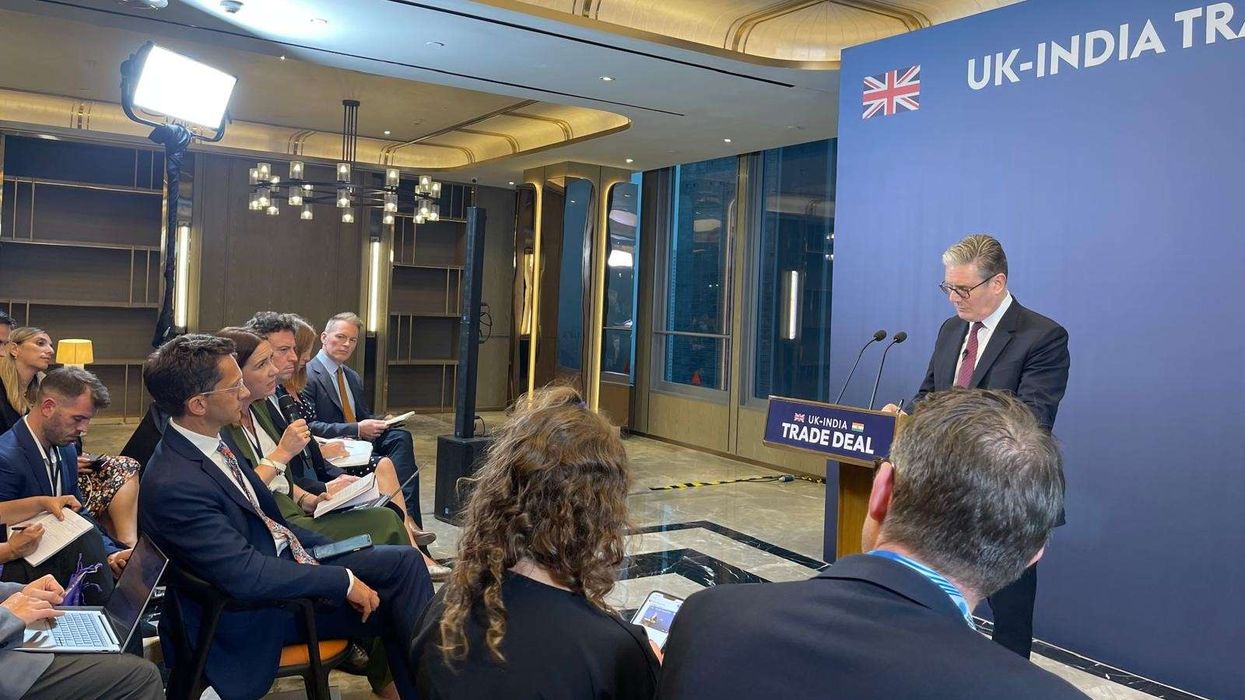The acclaimed women-led festival We The Women, curated by veteran journalist Barkha Dutt, made its powerful UK debut on June 29 at London’s Riverside Studios. Presented in partnership with Vedanta, the event brought together transformative voices from India and the British-Indian diaspora, showcasing unfiltered, emotional, and often raw storytelling.
Among the standout moments was Rashmika Mandanna’s candid discussion on her values-first approach to fame. The actor received thunderous applause when she shared, “I’ve said no to scripts because they required me to smoke. If I don’t feel good about something, I won’t do it.” Her firm stance echoed the festival’s core ethos, prioritising authenticity over popularity.
Sitar maestro Anoushka Shankar reflected emotionally on one of the most poignant chapters of her life, being Grammy-nominated alongside her legendary father, Pt. Ravi Shankar. Just weeks before the ceremony, he passed away, leaving Anoushka and her sister, Norah Jones, to accept his Lifetime Achievement Award on his behalf, a moment marked by both immense pride and profound loss.
Filmmaker Karan Johar shared an intimate glimpse into the challenges of raising twins as a single father. He moved the audience to tears, recalling how online trolls questioned his parenting. “One night, I asked them, ‘Are you happy?’ They replied, ‘Yes, because you’re our dada.’ That gave me strength,” he revealed.
Bollywood star Kareena Kapoor Khan opened up about her personal life, including a burglary incident involving her husband Saif Ali Khan and the pressures of being part of Bollywood royalty. “People expect perfection, but I’m learning to be okay with being just me,” she said with grace.

Sudha Murthy, author, philanthropist, and Rajya Sabha MP, shared insights from her multifaceted life rooted in simplicity. “I still carry my own utensils when travelling abroad,” she said, underscoring that true impact comes from empathy, not extravagance.
In his characteristic eloquence, Shashi Tharoor blended literature, diplomacy, and politics. He reflected on India’s recent anti-terror operation, describing “Operation Sindoor” as a culturally resonant yet measured response. Tharoor called for global unity against terrorism through accountability rather than aggression.
The evening concluded with Union Minister Smriti Irani recounting her extraordinary journey from selling perfumes on Delhi’s streets with ₹200 to holding a place in the Union Cabinet. “Resilience above all,” she declared, inspiring the audience with her story of grit and determination.
In Session 1, the changemakers featured were Prav Kaur, Subodh Gupta, Bharti Kher, and Souparnika Nair. TS Anil, Akash Mehta, and Rahi Chadda participated in a fireside chat with Mallika Kapur. Session 2 included Sindhu Vee, Meera Syal, and Priya Agarwal Hebbar. Last but certainly not least, the event was honoured by the special presence of Anil Agrawal, the visionary founder and chairman of Vedanta Resources Limited.
From stories of parenting and politics to advocacy, authenticity, and resilience, We The Women proved more than just a festival, it was a celebration of real lives, struggles, and voices that matter. As Barkha Dutt aptly noted, “This isn’t about celebrities, it’s about courage.”







 Starmer with Mahesh Liloriya
Starmer with Mahesh Liloriya 






